Below the Belt: Rashes, Bumps, and Lumps

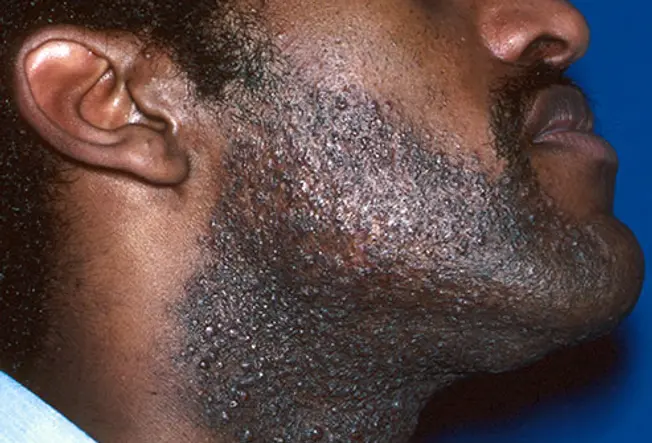
Ingrown Hairs and Razor Burn
You may have bumps or lumps in your genital area that are red or itchy. They could be something simple like ingrown hairs or razor burn from shaving. Use aloe vera or a steroid cream to soothe irritated skin. Don't pick ingrown hairs. To prevent ingrown hairs, first shave at the end of the shower after applying moisturizing shaving gel to soften the hair. Then shave in the direction of hair growth, or switch to a retinoid cream.
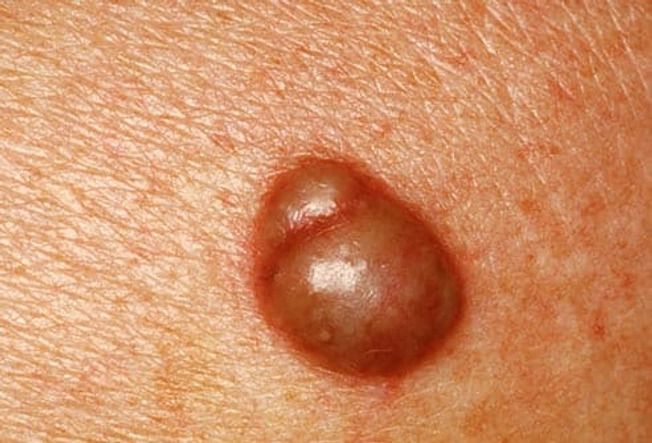
Cyst
You may see a round lump or bulge under your skin that feels like a small ball. You can usually easily move it around under your skin. That's a cyst. Some may grow a little bit, but most stay the same size. They can itch and hurt if they get infected. They form when a hair follicle is blocked. Soaking in warm water can sometimes help drain a cyst. See a doctor if it hurts. It can be removed surgically or with cortisone.
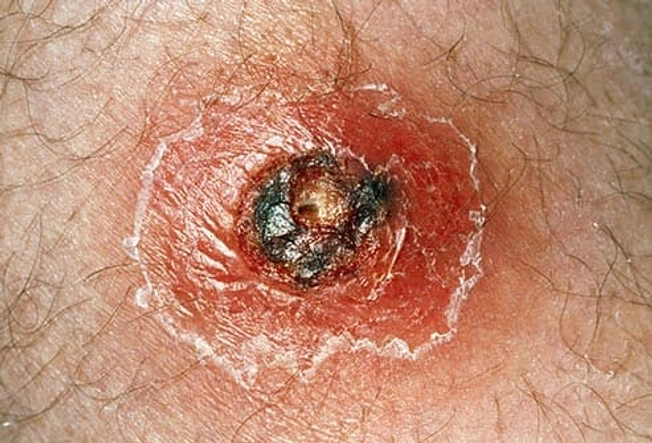
Boil
A red, swollen, painful bump could be a boil. They often show up when a hair follicle gets infected. You can also get one in the crease of your bottom and in your groin. It can grow until a pocket of pus forms at the top. Don't pop the boil. Soak it in warm water or use warm compresses to help it drain. If it doesn’t drain or if it's big and painful, see your doctor.
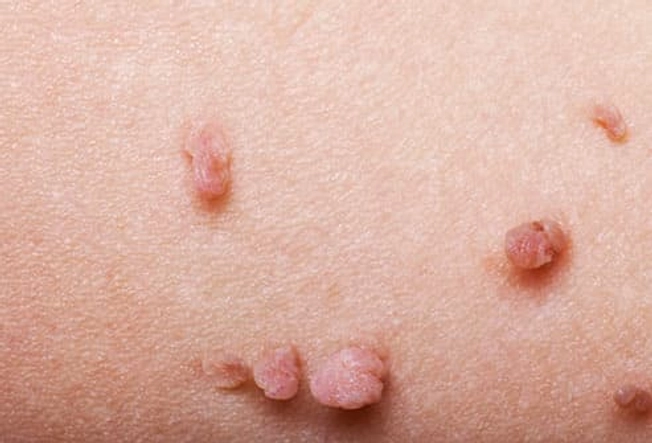
Skin Tag
A skin tag is a tiny flap of tissue that seems to hang off your body. They don't hurt and they aren't dangerous. They can show up on your groin, especially if you gain weight or as you get older. A skin tag can get irritated if your clothes rub it. If it bothers you, your doctor can cut, burn, or freeze it off.

Angioma
You may notice a few red or purple growths clumped together. These are harmless blood vessels that can show up anywhere on the body. They don't usually get bigger and they rarely bleed. Some appear as you age. Others show up during pregnancy or childhood. They don't have to be treated unless they bleed or bother you. Your doctor can remove them with an electric needle or laser.
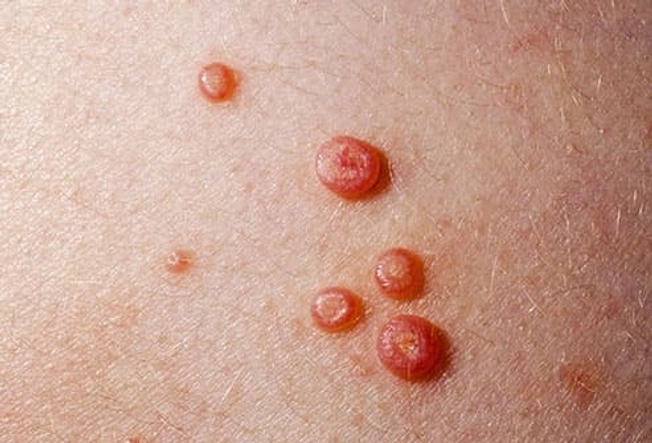
Mollusca
These tiny bumps are caused by a virus that's easily spread from person to person. You can get them by sharing towels and clothes, or by skin to skin contact like having sex. The bumps are flesh- or pink-colored and could be smooth or waxy. They don't usually hurt, but they might itch. Mollusca often go away on their own. But your doctor may want to treat the bumps with lasers, freezing, scraping, or creams.
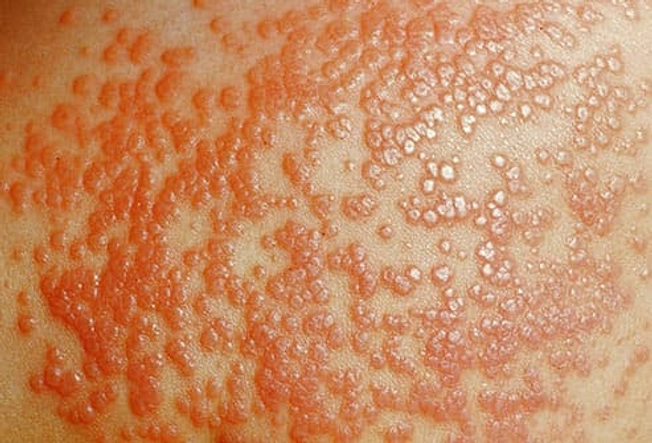
Genital Warts
These skin-colored bumps can be smooth and small or large and cauliflower-shaped. They grow on or around the anus or penis or in or around the vagina. They're often itchy but don't usually hurt. Genital warts are spread by sexual contact and caused by the human papillomavirus (HPV). Your doctor can treat them with lasers, freezing, surgery, and some topical creams and gels.
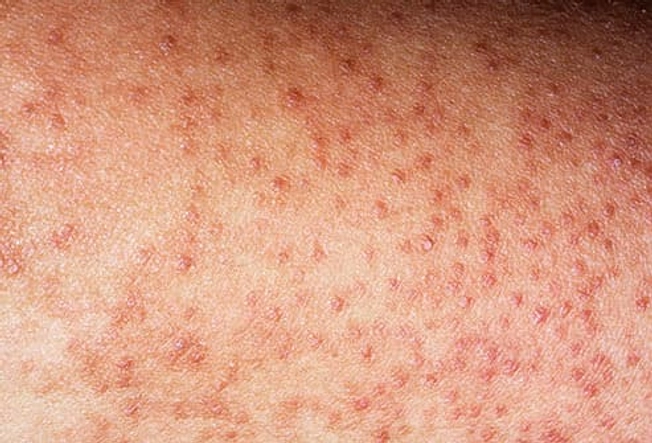
Keratosis Pilaris
If you see rough, acne-like patches of skin on your buttocks and thighs, it could be this common condition. Keratosis pilaris is caused when too much keratin, a protein in the skin, plugs hair follicles. There isn’t much you can do to treat it. Some people get relief with lots of moisturizing and creams that have glycolic acids, alpha hydroxy acids, or urea.
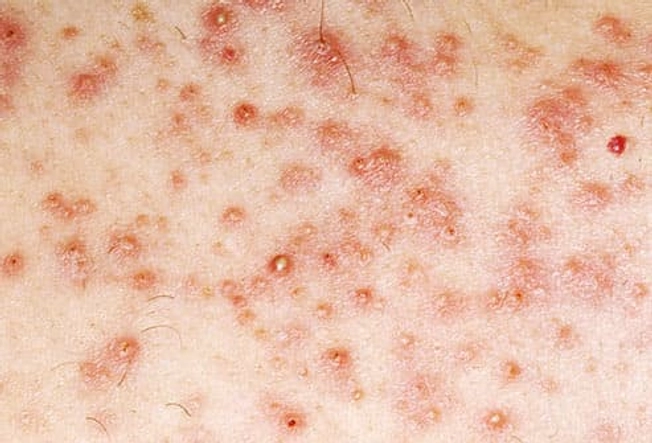
Folliculitis
This comes from bacteria getting into the hair follicle and causing an infection. It might be itchy and sore and look like pimples. Non-prescription antibiotic creams can help mild cases. See your doctor if it doesn't clear up or gets worse. To avoid problems, shave the way the hair grows and avoid tight-fitting clothes in that area.
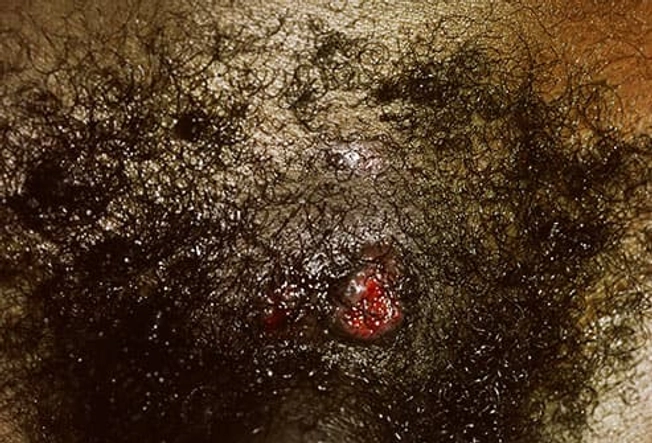
Syphilis
In the first stage of syphilis, you can have a painless sore on your genitals or on your lips and mouth. It can spread easily from person to person. In the second stage, you might have a non-itchy rash and flat growths shaped like warts. Even if the sores and rash go away, the infection is still there. Your doctor can treat it with an antibiotic. To protect yourself, use latex condoms every time you have sex.
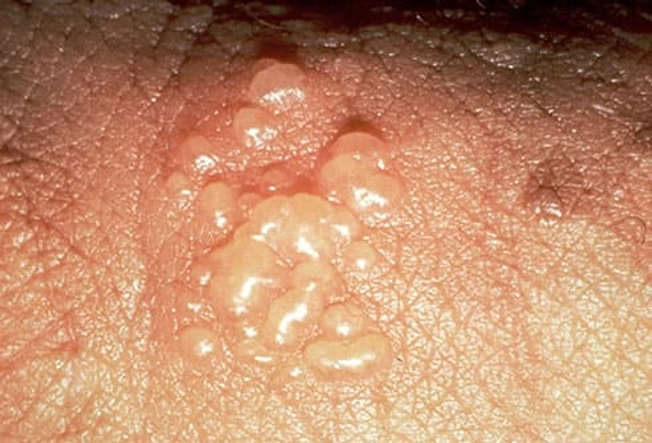
Genital Herpes
Often people with this STDdon’t have any symptoms. But during an outbreak, herpes shows up as painful blisters around the genitals, rectum, or mouth. They can break and leave behind sores. If you touch the sores or the fluid, you can spread them to other parts of your body -- or to other people. Your doctor can give you antiviral pills to control outbreaks.
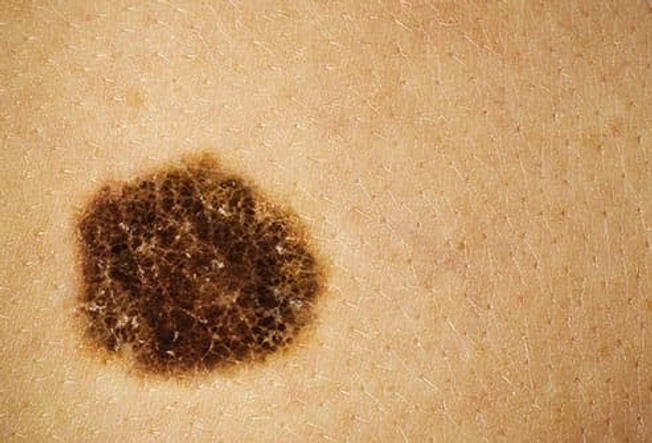
Skin Cancer
You think of skin cancer in areas of the body that go uncovered, but it can also happen where the sun doesn’t shine. A black spot that grows could be a melanoma. This type of skin cancer can be dangerous if you don't get treatment. Non-melanoma spots can be red- or skin-colored bumps that bleed often and don't go away. Ask your doctor about any unusual spots you find.